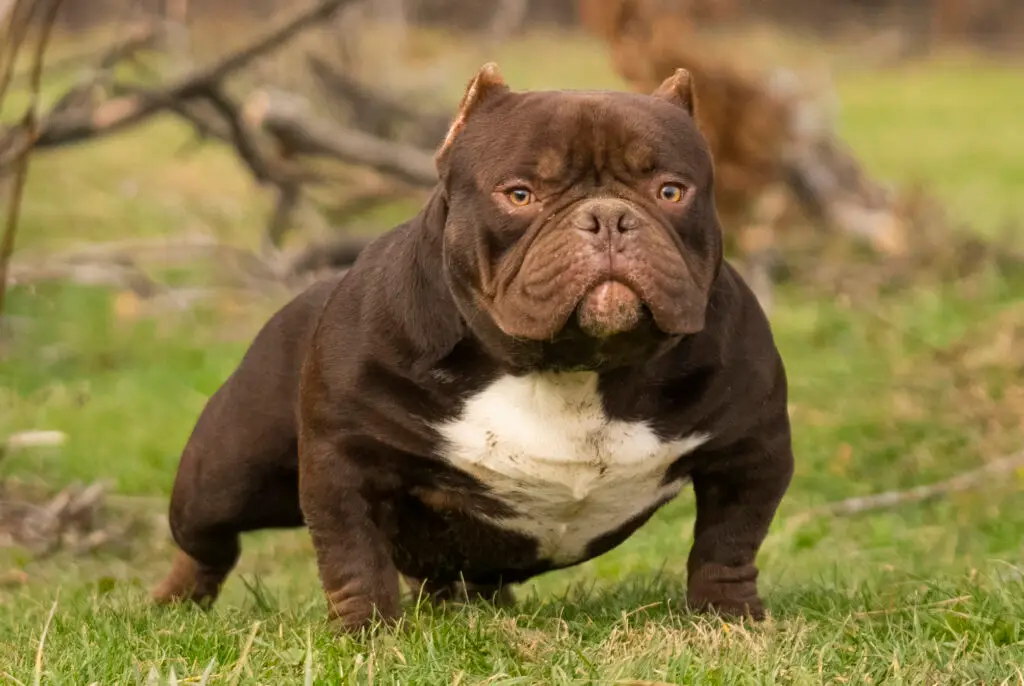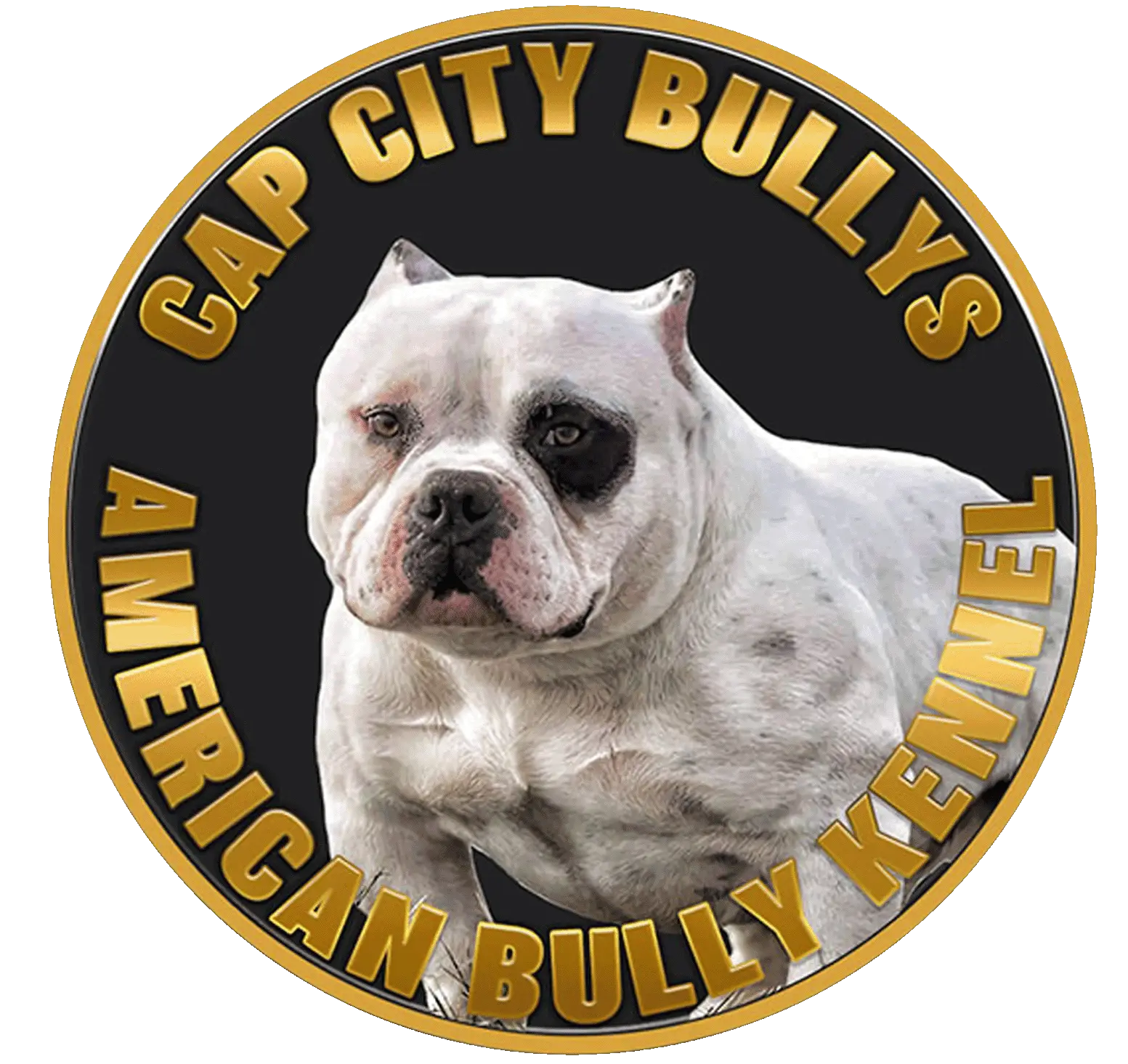Sign up to get alerts on New Puppies, Breedings & Blog Updates
Download Free Ebook After your subscription
You can unsubscribe at any time by clicking the safe unsubscribe link in the footer of our emails.
American Bully Breeds For Sale—Strength, Loyalty, and Style in Every Pup.

At Cap City Bullys, we’ve spent 15+ years perfecting the art of breeding purebred, registered American Bully puppies that stand out for their muscular conformation, rock-solid health, and calm, even temperaments. Located in Erie, Pennsylvania, our family-run kennel serves bully enthusiasts from New York to California—and ships champion-line puppies safely across the globe.
You can unsubscribe at any time by clicking the safe unsubscribe link in the footer of our emails.
You can unsubscribe at any time by clicking the safe unsubscribe link in the footer of our emails.
